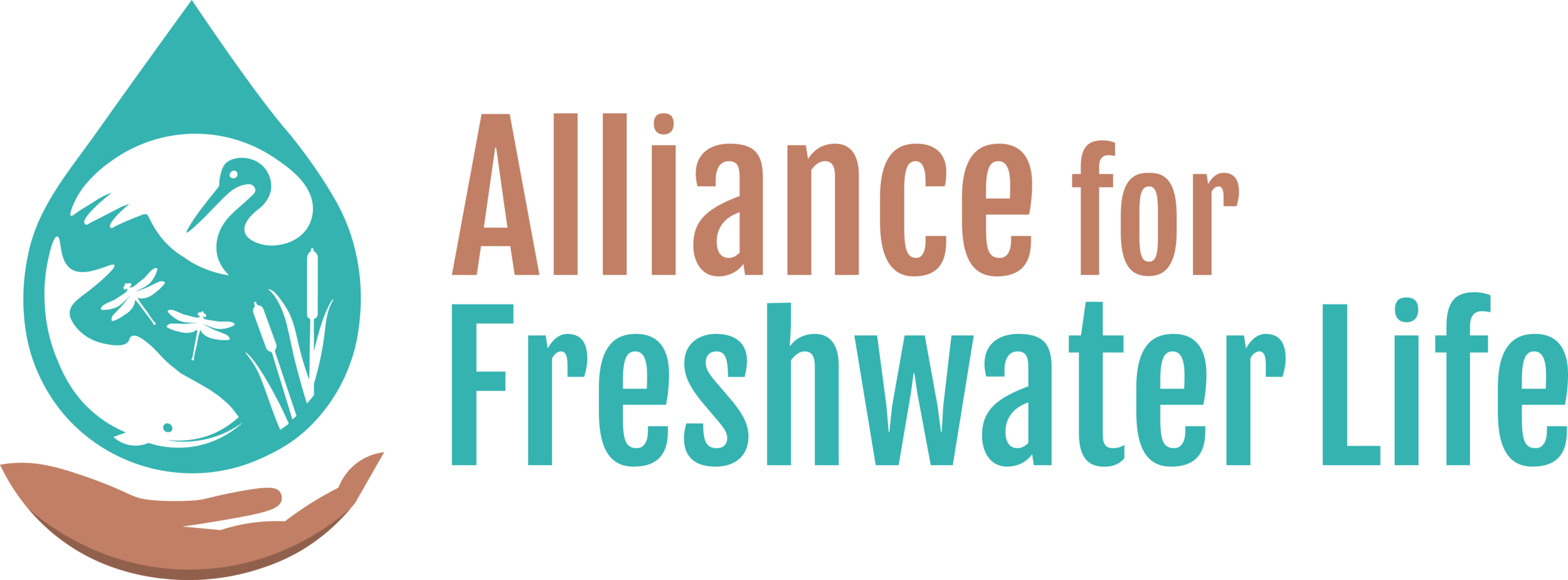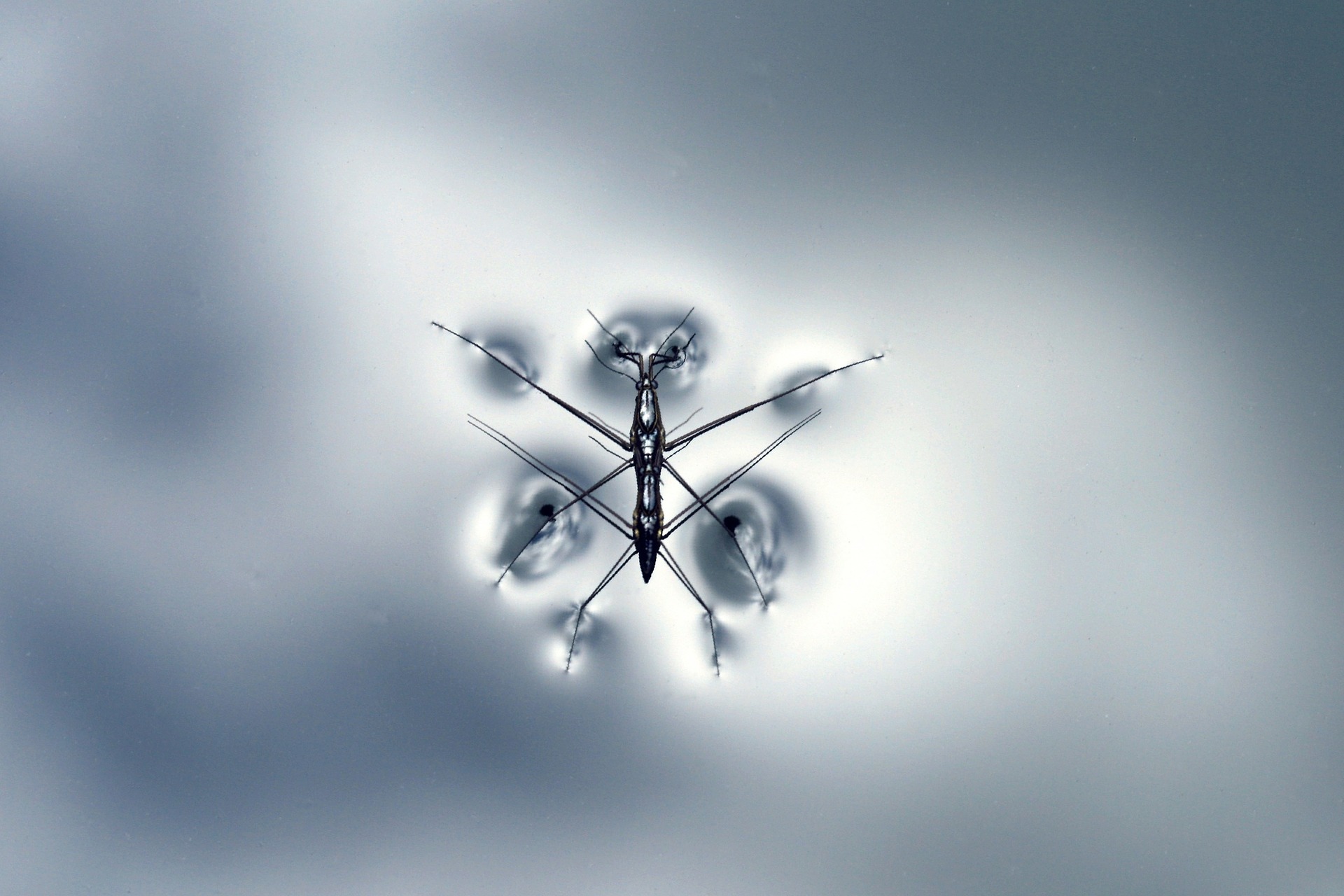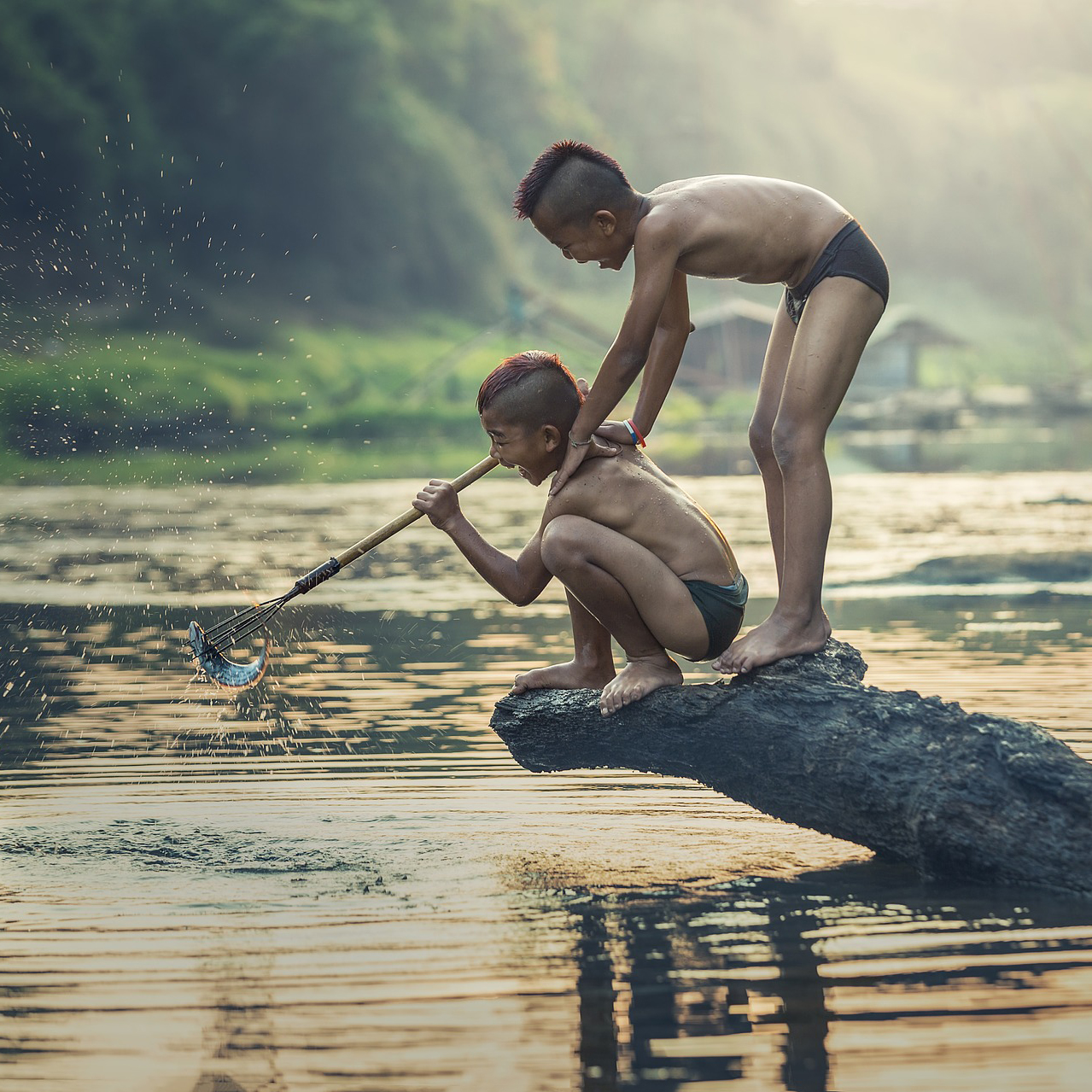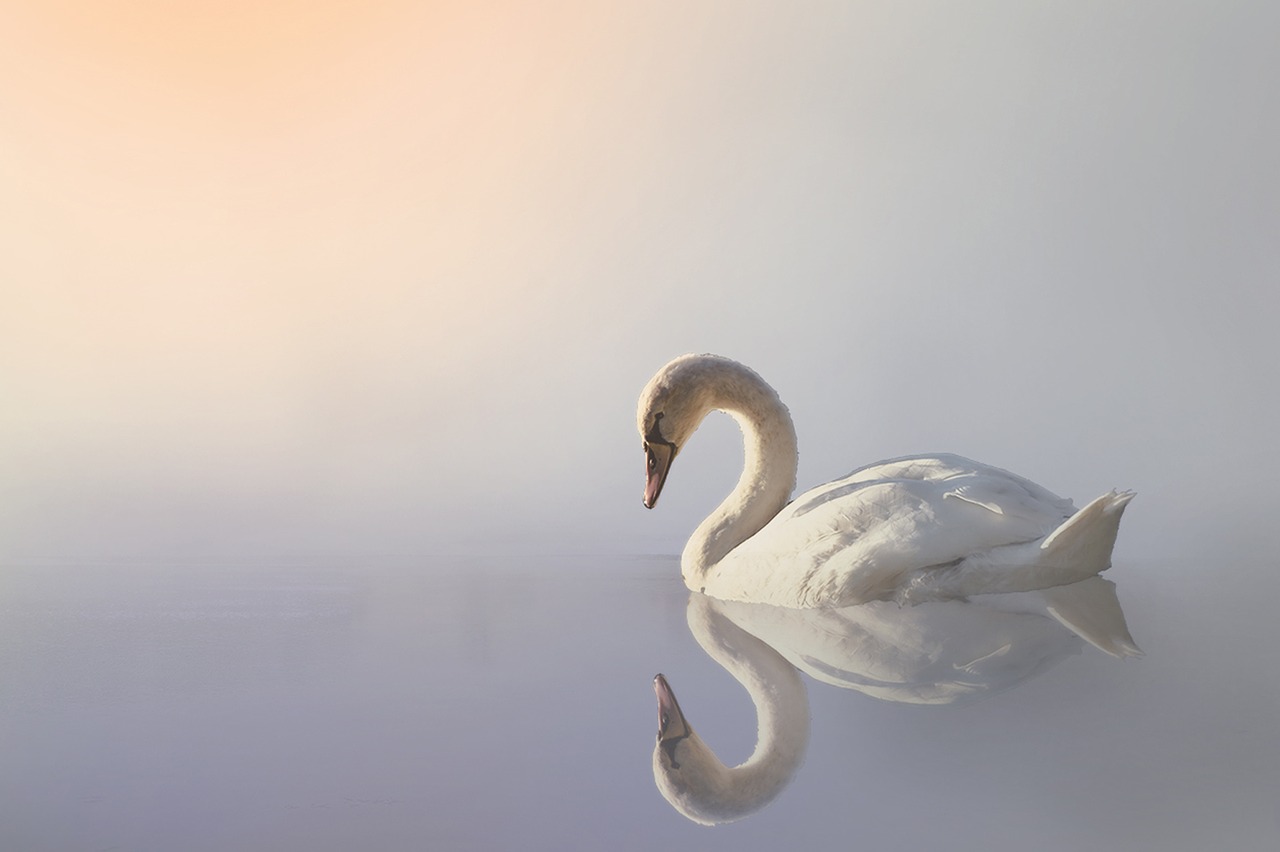CONSERVATION
We inform, support, connect, and implement freshwater conservation efforts throughout the world.
BACKGROUND
Freshwater ecosystems only cover an estimated 0.8% of the world’s surface yet support up to 12% of the world’s known species, making freshwater ecosystems a global biodiversity hotspot (Mittermeier et al., 2010). Freshwater ecosystems also provide important services, with one estimate valuing them at US$4 trillion per year (Costanza et al. 2014).
We would expect the conservation of freshwater ecosystems and their species to be a global priority, especially for those countries signed up to the Convention on Biological Diversity and the associated Aichi Targets (Leadley et al., 2014), the Ramsar Convention on Wetlands of International Importance, and the Sustainable Development Goals.
Despite this apparent commitment to the conservation of freshwater biodiversity, however, two thirds of the world's inland wetlands have disappeared or been severely degraded in the past century (Davidson 2014); the rate of decline in freshwater species is twice that of either marine or terrestrial ecosystems (WWF 2016); and 1 in 3 freshwater species are threatened with extinction (IUCN 2017).
The reasons are complex and multi-dimensional. Water quality is being degraded worldwide as a result of unsustainable water extraction, changes in land use, and insufficient levels of water to maintain aquatic ecosystems (Garrick et al. 2017).
Although the need to protect the environment is included in many national sector policies and strategies, in practice, safeguarding natural ecosystems often comes second to other development priorities. Priorities that require the availability of freshwater ecosystems, such as for food and energy production, are actually destroying the systems upon which they depend.
Freshwater species and ecosystems are a key component of global biodiversity, and the conservation and sustainable use of freshwater biodiversity is the backbone of the Alliance.
We want to highlight the wide variety of services that freshwater ecosystems provide that are essential to our long-term survival and future prosperity. We want to ensure freshwater biodiversity is central, rather than peripheral, to public and private decision making.
Freshwater biodiversity is being inadvertently sacrificed, at a great cost to humanity, as the collateral damage of global development.
Watch this 2014 interview with Co-founder Will Darwall to learn more
What we're doing to make a difference
Uniting leaders & organizations
The Alliance will act as partner and knowledge hub to help conservation activists, scientists, policy makers and funding organizations form teams for various conservation actions. This global social network and community of practice for freshwater biodiversity conservation includes world-renowned leaders in their fields as well as major partner organizations working in freshwater biodiversity.
Sharing information & understanding
The global network of organizations and experts will support the sharing and dissemination of information and technology for biodiversity management, conservation and observation. For more information about our Research initiative, see here →
Expanding efforts globally
Freshwater ecosystems require on-the-ground conservation efforts to restore those systems already damaged, to use ecosystems and species sustainably, and to identify and protect those that remain. The Alliance will work to develop new projects and partnerships globally, to implement large scale conservation actions.
You can help.
Because when our ecosystems thrive, we thrive.
References Cited
Costanza et al. 2014. Changes in the global value of ecosystem services. Global Environmental Change, v. 26, 152-158.
Davidson N.C. 2014. How much wetland has the world lost? Long-term and recent trends in global wetland area. Marine and Freshwater Research 65, 934-941.
Garrick et al. 2017. Valuing water for sustainable development. Measurement and governance must advance together. Science 358, 1003-1005.
IUCN 2017. The IUCN Red List of Threatened Species. Version 2017-1. Downloaded on 06 July 2017.
Leadley et al. 2014. Progress towards the Aichi Biodiversity Targets: an assessment of biodiversity trends, policy scenarios and key actions. CBD Technical Series 78. Secretariat of the Convention on Biological Diversity. ISBN 9789280734140.
Mittermeier et al. 2010. Fresh water: the essence of life. CEMEX & ILCP, Arlington, Virginia, USA.
WWF. 2016. Living Planet Report 2016. Risk and resilience in a new era. WWF International, Gland, Switzerland.




